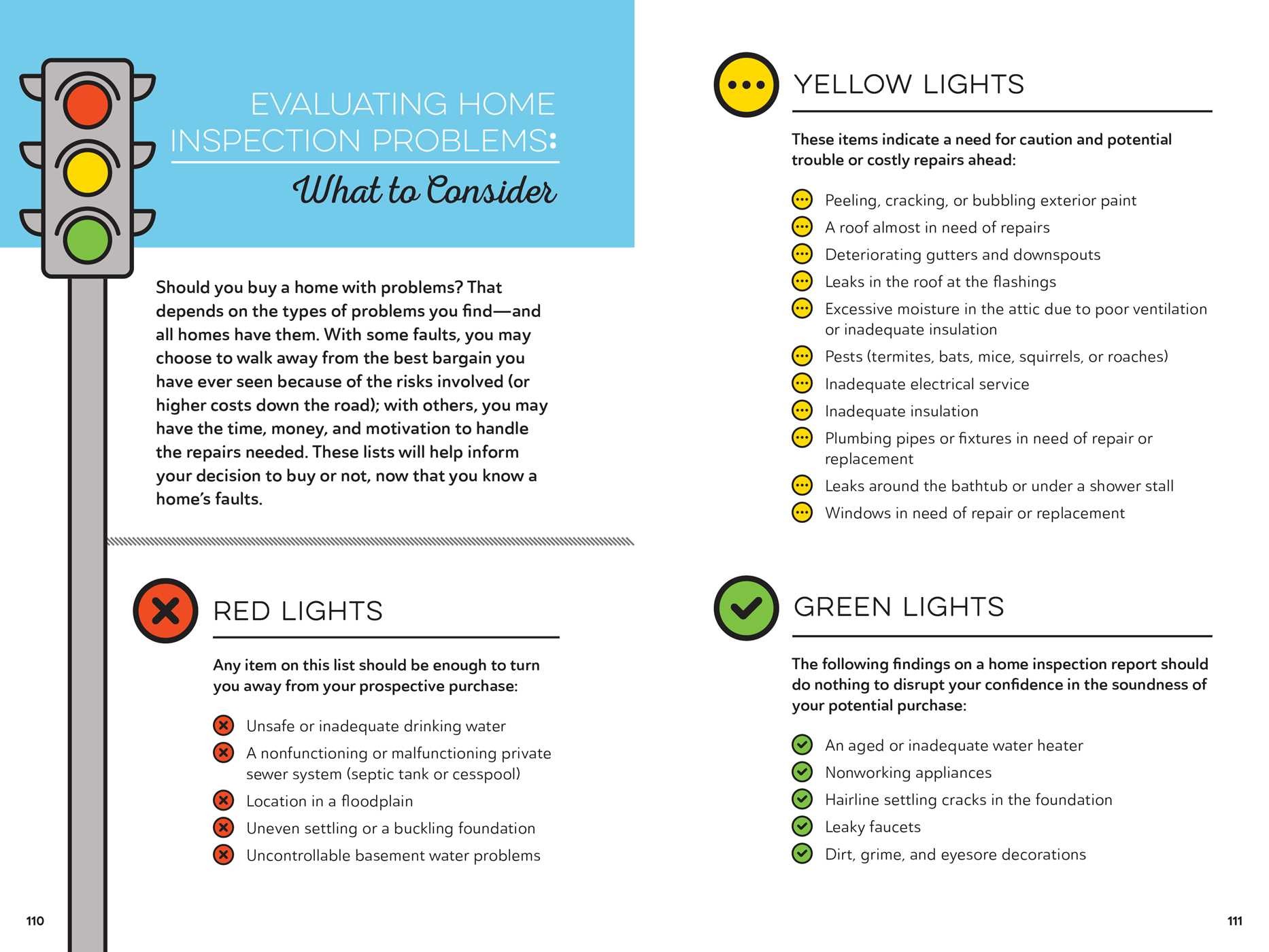The Function Of Roofing System Ventilation In A Successful Installment
The Function Of Roofing System Ventilation In A Successful Installment
Blog Article
Short Article Writer-Kehoe Curtis
When you're dealing with a roof covering job, you might not believe much concerning roofing system air flow, yet it's more crucial than you realize. Effective air flow assists manage temperature level and moisture in your attic room, protecting against troubles like mold and architectural damages. By understanding just how to create and mount a balanced air flow system, you can enhance power effectiveness and prolong the lifespan of your roofing products. So, what are the essential factors to think about during setup that can make all the difference?
Value of Roofing System Air Flow
Roof covering ventilation plays a vital function in keeping the general wellness of your home. By enabling fresh air to flow via your attic, it helps control temperature and dampness levels. This balance is necessary to stop warmth buildup throughout warm months, which can result in boosted power costs as your a/c burns the midnight oil.
Additionally, correct air flow dramatically reduces the threat of moisture-related issues like mold and mildew and mold. If humidity levels climb, your home's structural stability can be endangered, causing costly fixings. You wouldn't want to take care of deteriorating wood or distorted roof covering materials, right?
In addition, sufficient ventilation prolongs the life expectancy of your roof. When warm and wetness are kept in check, your roofing system can perform optimally, stopping early deterioration. This means less frustrations and costs down the line.
Exactly How Roof Covering Ventilation Works
Efficient roofing air flow relies on the natural activity of air to develop a balance between intake and exhaust. When you install vents, you're essentially enabling fresh air to enter your attic while making it possible for hot, stagnant air to leave. This process helps manage temperature and wetness degrees, avoiding issues like mold and mildew development and roofing damage.
Intake vents, typically located at the eaves, pull in awesome air from outside. On the other hand, exhaust vents, located near the ridge of the roof covering, allow hot air rise and leave. The distinction in temperature level develops an all-natural air movement, referred to as the pile effect. As warm air surges, it produces a vacuum cleaner that draws in cooler air from the reduced vents.
To enhance this system, you require to make sure that the intake and exhaust vents are appropriately sized and placed. If https://www.bobvila.com/articles/how-to-remove-moss-from-roof/ is restricted, you won't achieve the wanted air flow.
Furthermore, insufficient exhaust can trap heat and dampness, bring about potential damage.
Trick Setup Considerations
When installing roof covering air flow, a number of essential factors to consider can make or damage your system's efficiency. Initially, roofing contractors in san antonio tx require to evaluate your roof covering's layout. The pitch, form, and materials all affect airflow and air flow selection. Make sure to select vents that suit your roofing system type and local environment problems.
Next, consider the placement of your vents. Preferably, you'll want a well balanced system with intake and exhaust vents placed for optimum airflow. Location consumption vents low on the roof covering and exhaust vents near the peak to urge an all-natural flow of air. This configuration aids stop wetness build-up and advertises energy performance.
Do not forget about insulation. Proper insulation in your attic room avoids warmth from leaving and keeps your home comfortable. Make sure that insulation does not block your vents, as this can impede air movement.
Last but not least, think of upkeep. Choose https://roofing-boots39506.newbigblog.com/39398812/the-importance-of-routine-roof-covering-maintenance-in-preventing-costly-repair-work that are simple to gain access to for cleansing and inspection. Routine upkeep guarantees your system remains to operate efficiently over time.
Final thought
To conclude, roof covering ventilation is vital for a successful installment. By guaranteeing proper air movement, you can stop warmth buildup and dampness concerns that lead to costly damage. When you tactically setting intake and exhaust vents, you boost energy performance and prolong the life expectancy of your roof covering. Keep in mind, a well-ventilated roof covering not just protects your financial investment but also enhances your interior air top quality. So, prioritize air flow to make certain a resistant and cost-efficient roofing system for your home.
